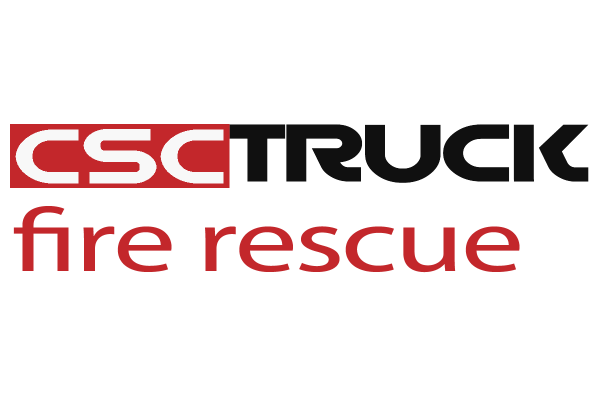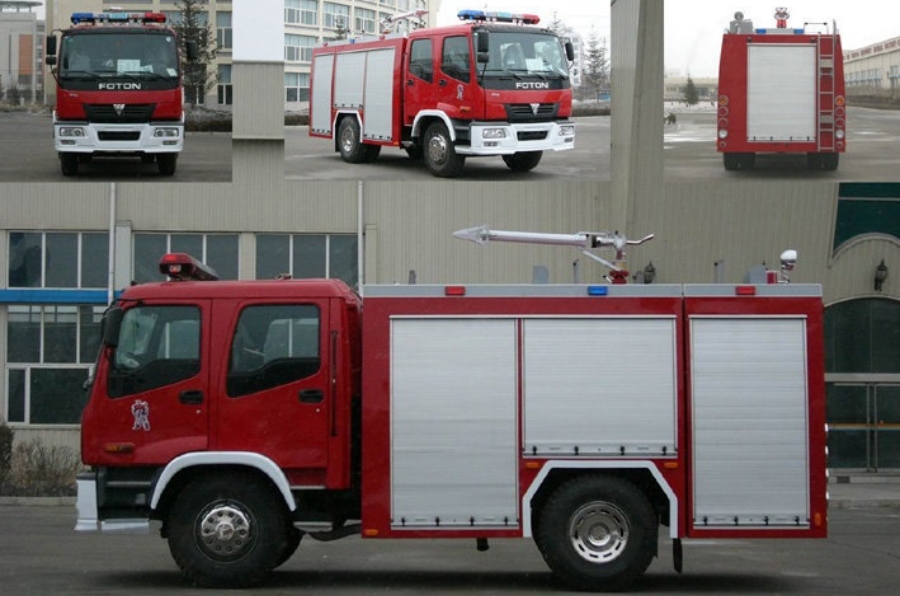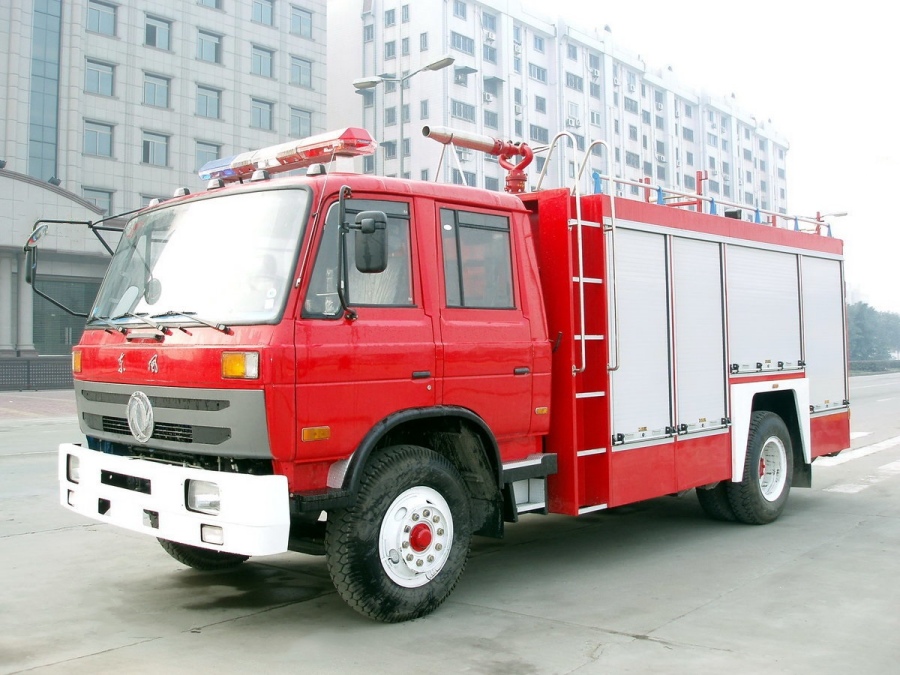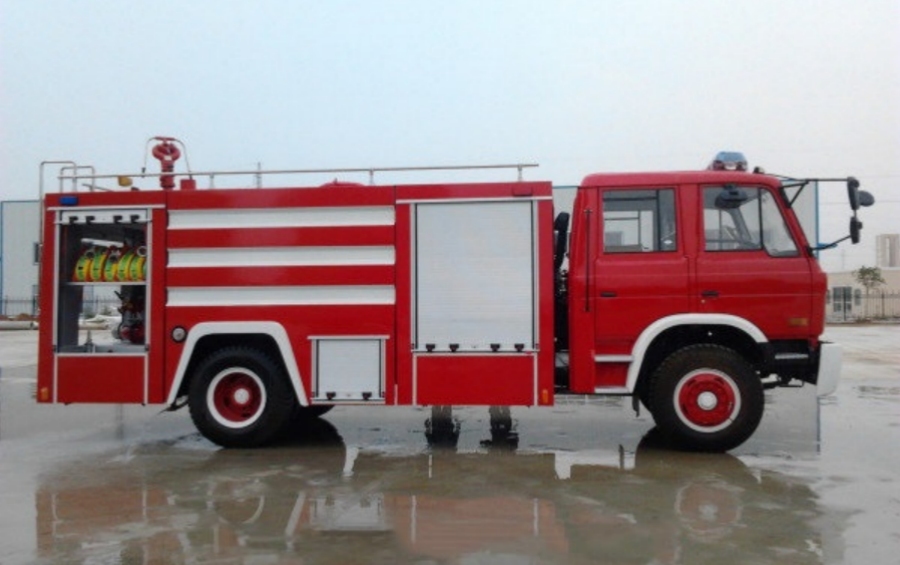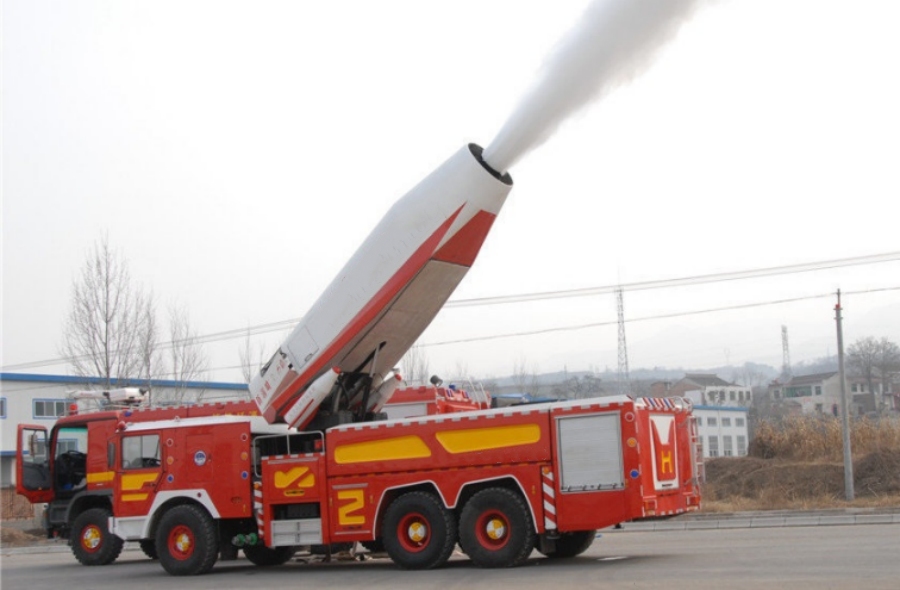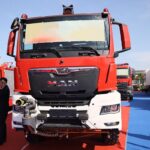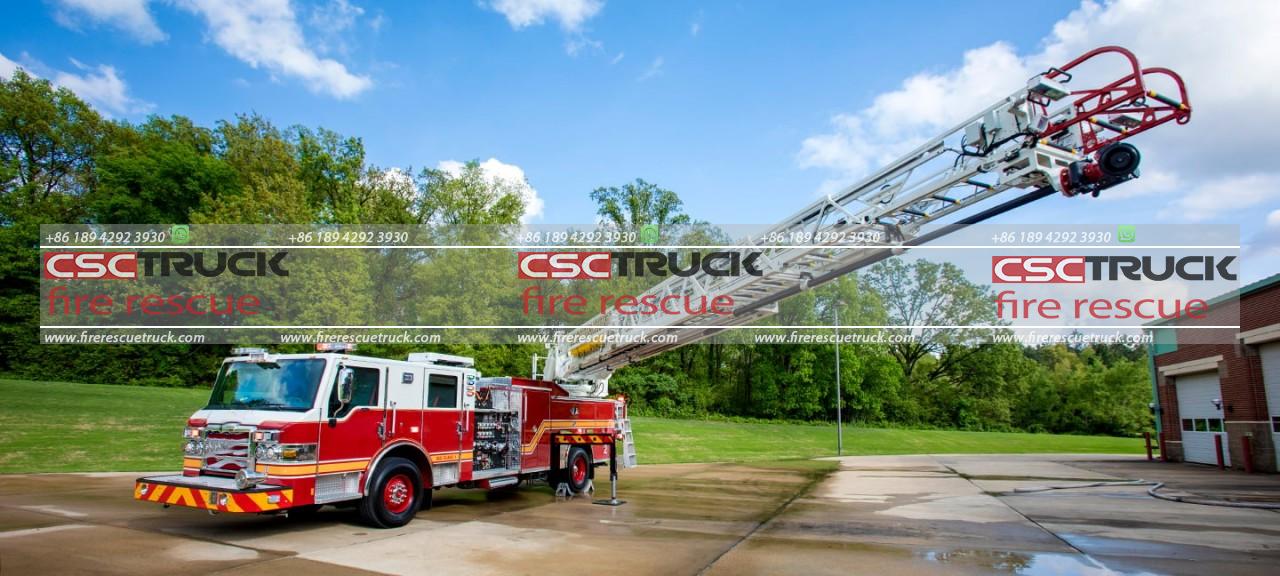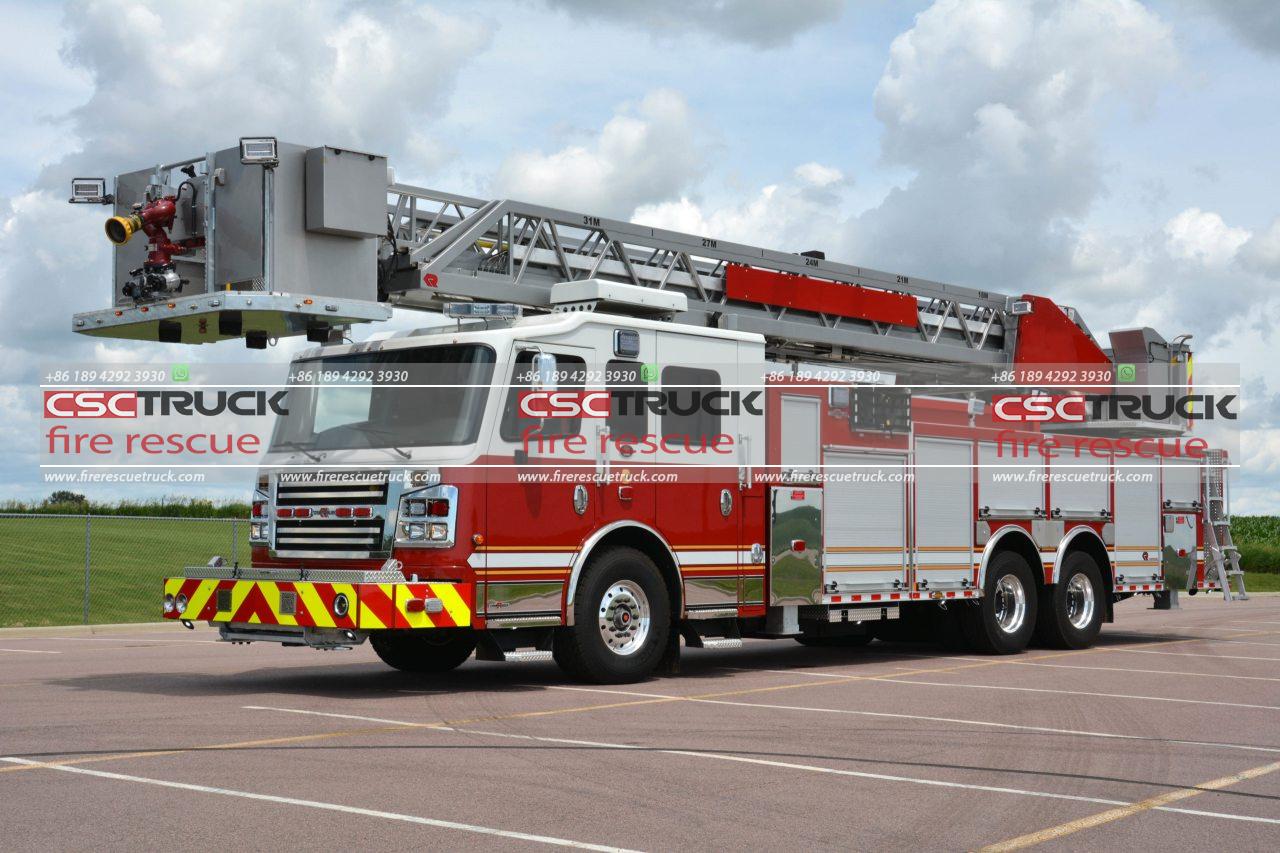Fire suppression is the main task of firefighting work, and fire engines designed for extinguishing fires naturally become the primary combat units among firefighting vehicles. Depending on the nature of the fire, firefighting trucks can be broadly classified into pumpers, water tankers, foam fire trucks, dry powder fire trucks, gas fire trucks, and turbine jet fire trucks.
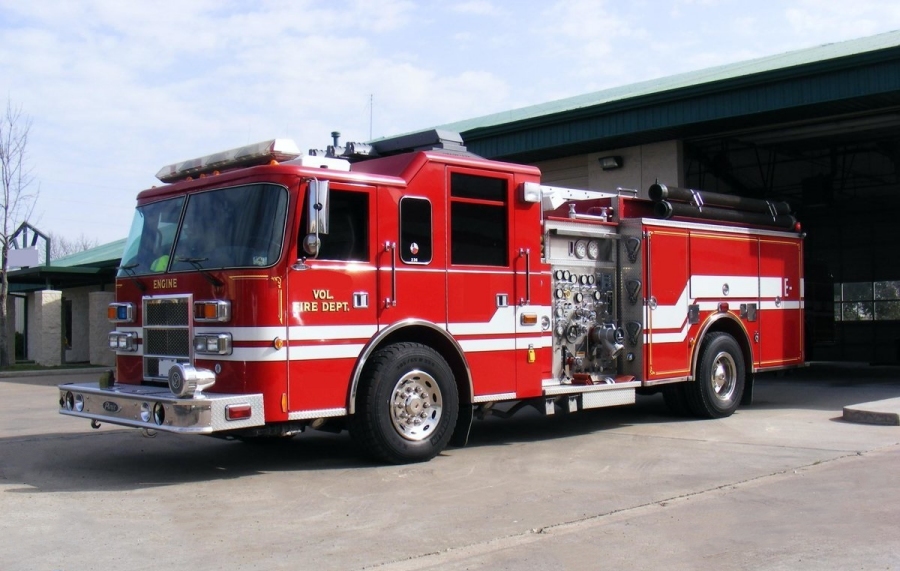
● Pumper Fire Truck
As the earliest type of fire truck, the pumper fire truck plays a crucial role in modern fire suppression. It is also the simplest in structure. Since it is not equipped with an onboard water tank, it must rely on external water sources such as fire hydrants or rivers to fight fires.
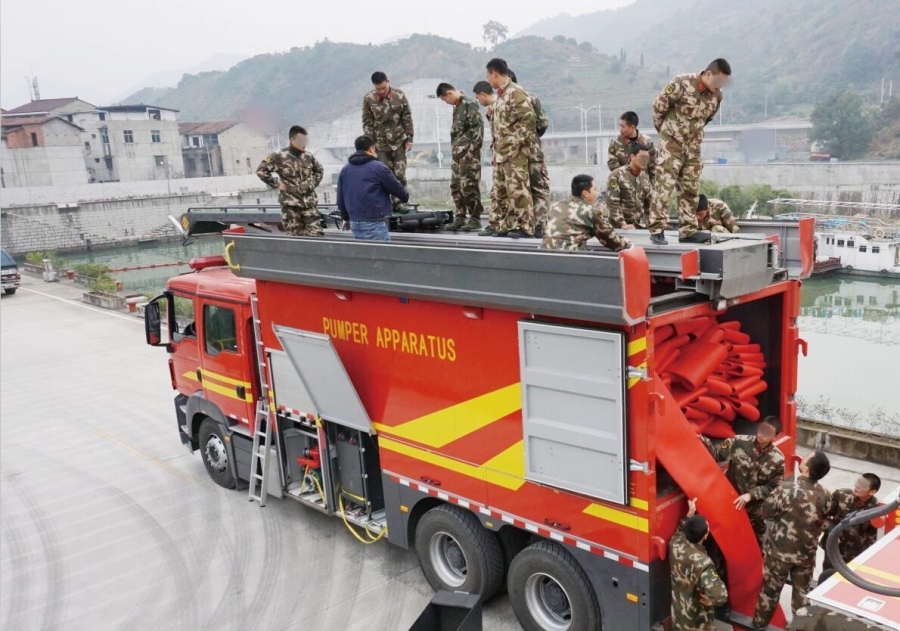
Thanks to the absence of a water tank, pumper fire trucks are smaller and lighter, allowing for quick response and agile maneuvering. Due to these advantages, they are widely used in the narrow streets of cities and towns. They are also commonly used as incident command vehicles at fire scenes.
● Water Tank Fire Truck
The water tank fire truck can be seen as an upgraded version of the pumper. Its main difference is the inclusion of an onboard water tank, reducing dependency on external water sources. It is suitable for fighting fires in buildings and general solid materials. These trucks can also be combined with other fire suppression equipment for greater versatility.
In addition to independent firefighting, water tank trucks can supply water to other fire trucks and firefighting nozzles. Sometimes, they are even used to transport water to drought-stricken areas.
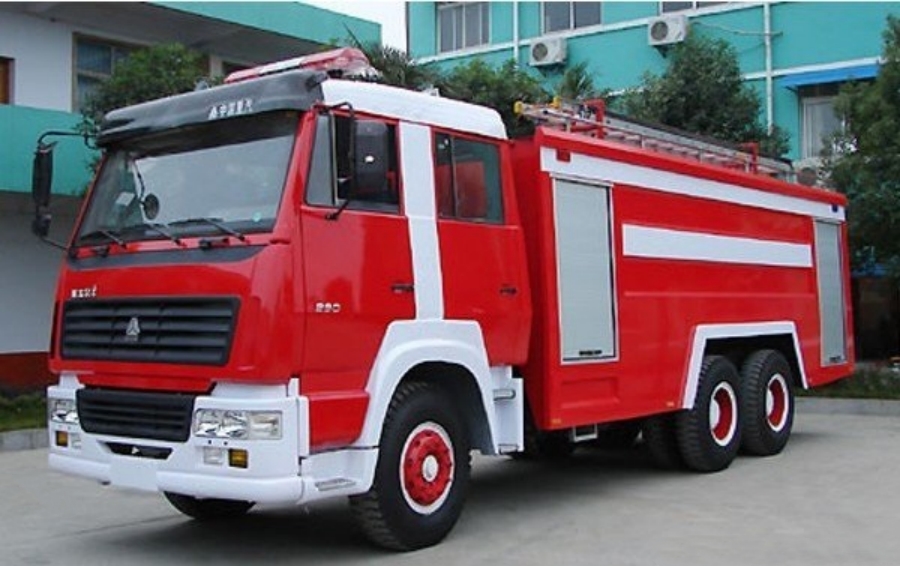
Currently, water tank fire trucks make up the largest portion of firefighting fleets and are the most frequently used. Their simple structure and mature technology allow most fire truck manufacturers to produce them. In recent years, they have increasingly adopted CAN bus systems for more efficient and streamlined control. Imported fire pumps and large-diameter hoses have also become mainstream to improve efficiency.

● Foam Fire Truck
The foam fire truck is a modified version of the water tank fire truck, equipped with a foam tank and a foam proportioning system. Depending on the foam mixing ratio and generation mechanism, components such as foam tanks, air-foam proportioners, pressure balancing valves, foam pumps, and foam guns/cannons can be installed.
The foam mixture typically has a water-to-foam ratio of 97:3 or 96:6, and the pump sends the mixture to the foam generation device during firefighting.
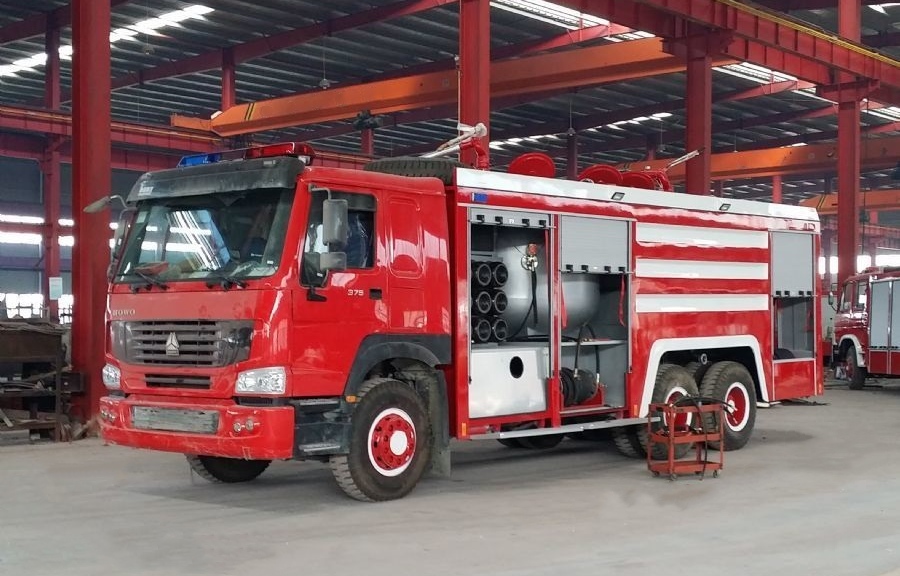
Recent developments in foam extinguishing agents and proportioning systems have upgraded foam fire trucks. Newer models have larger agent capacities and better performance, playing a vital role in large-scale firefighting operations. Currently, CAN bus-equipped foam trucks are mainly seen in imported models, offering modular control systems.
In the future, foam fire trucks will adopt computerized controls for more precise foam-water ratios to enhance extinguishing effectiveness.
● Dry Powder Fire Truck
As the name suggests, dry powder fire trucks use dry chemical powder as the extinguishing agent, propelled by inert gases like nitrogen. They extinguish fires via powder cannons or nozzles.
These trucks are mainly used for flammable liquid fires, combustible gas fires, and electrical fires. In China, typical dry powder capacity ranges from 0.5 to 0.6 tons.
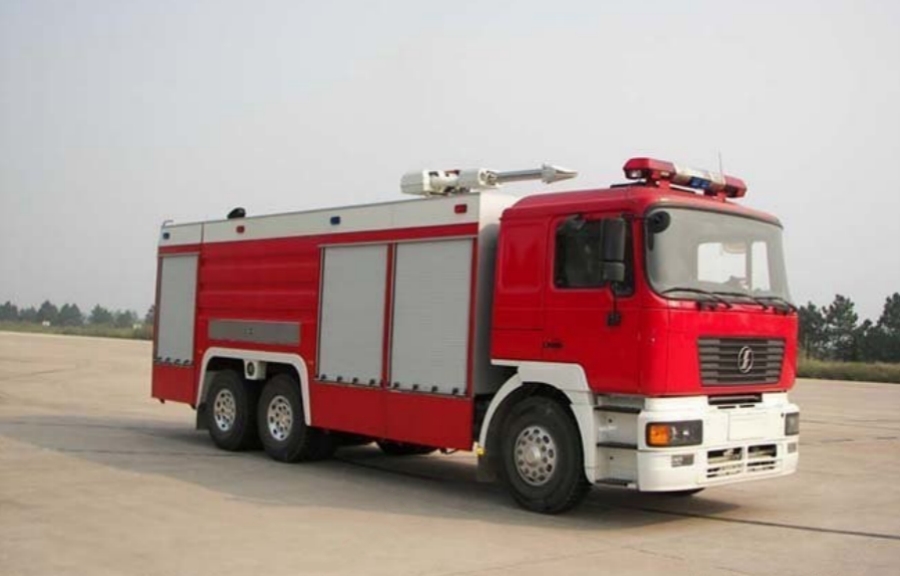
Their working principle is simple, and most are equipped with manual valves to reduce misoperation. Looking ahead, residual dry powder inside the vehicle is expected to decrease gradually, while computerized control systems will be introduced where appropriate.
● Gas Fire Truck
Gas fire trucks use agents like carbon dioxide or liquid nitrogen and are primarily used to protect high-value assets, such as precision instruments, electrical equipment (including high-voltage gear), cultural relics, archives, and small-scale flammable liquid or fusible solid fires. They can also handle general fires.
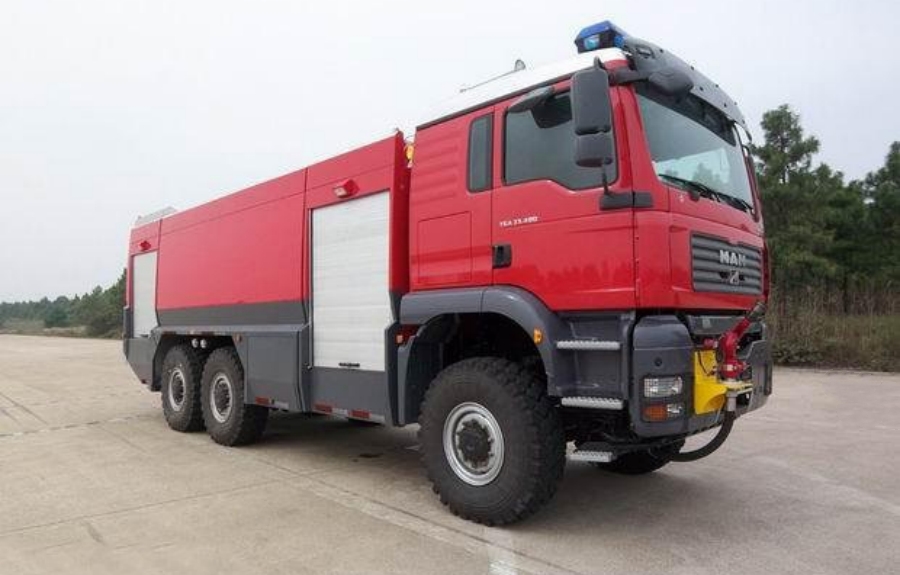
Among gas fire trucks, carbon dioxide models dominate the market. Liquid nitrogen trucks, while newer and more expensive, still cost less than foam trucks. Functionally, CO₂ and LN₂ fire trucks are interchangeable.
● Turbine Jet Fire Truck
A turbine jet fire truck is a relatively new type, invented in the late 20th century. It is equipped with aviation-grade turbine jet engines that generate high-speed airflow to propel extinguishing agents and suppress fires.
This type of truck is highly effective in controlling intense fires and is mainly used in complex or hazardous environments such as oil fields, petrochemical plants, gas stations, and airports.
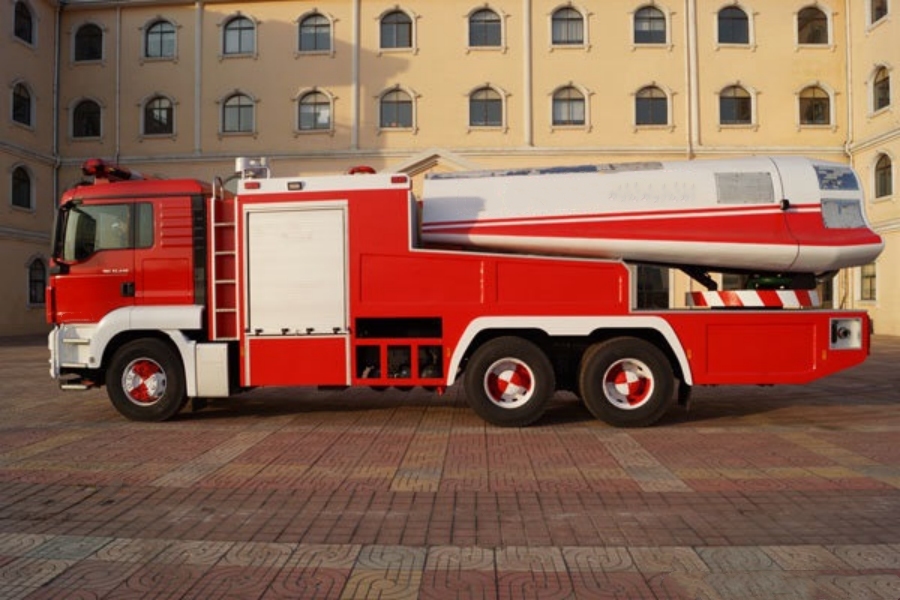
It features the highest jetting power among all fire trucks, with an engine power-to-weight ratio of 160 kW/t, over 5 times that of a conventional fire truck.
Depending on the extinguishing agent used, turbine jet fire trucks can be categorized into water, foam, dry powder, or multiphase flow types. Their high-speed “exhaust–mist water” jet stream cuts through and disrupts flames, while the mist absorbs heat and displaces oxygen around the fire, significantly boosting extinguishing efficiency.
More efficient firefighting vehicles are critical in protecting valuable assets and lives during emergencies. However, truly preventing disasters depends on enhancing public awareness of safety and eliminating fire hazards at the source — the most essential mission in firefighting.
